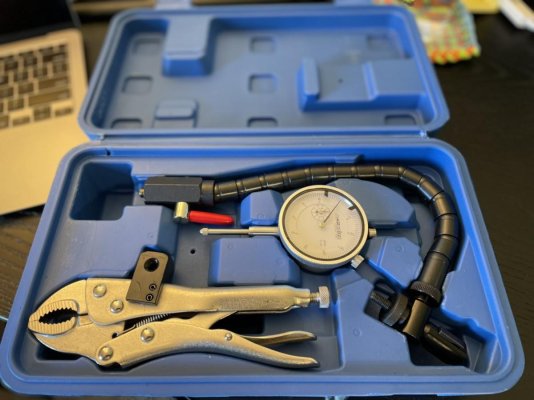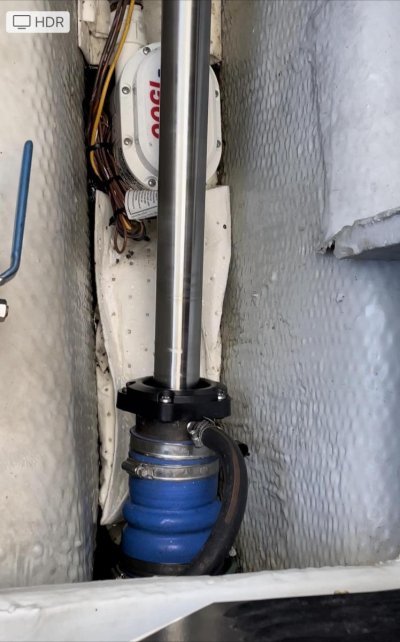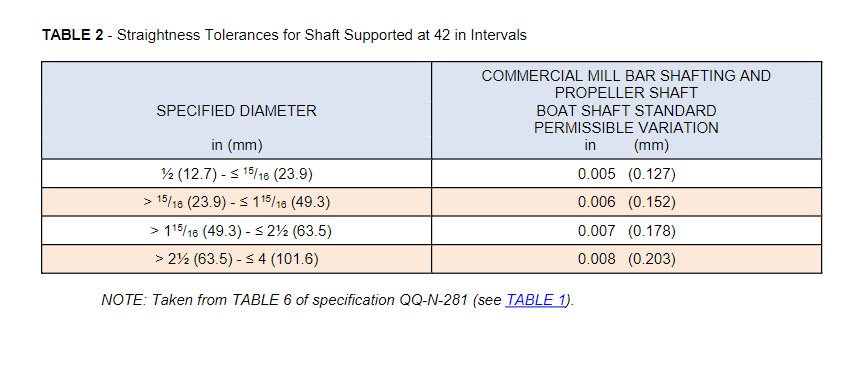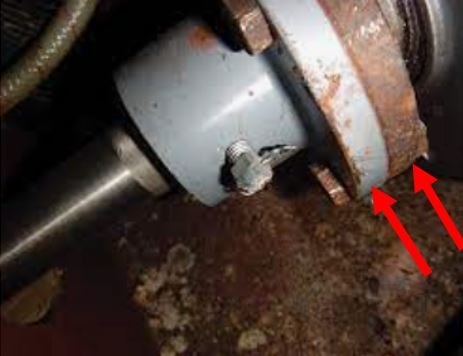I don't disagree this coupling measurement can be useful, if you are trying to determine if the eccentricity is the result of a coupling not centered on the pilot bushing.
While there are exceptions, if the run out increases as you move move away from the coupling(s) that is indicative of a bent shaft.
If the shaft is not centered in the coupling, or if the shaft coupling is not centered on the output coupling, the run out is greater closer to the couplings. That does not appear to be the case here, runout is increasing as you move aft, right?
Bottom line, the shaft and coupling should be taken to a shaft shop to have them evaluated. Based on the readings, the likelihood of this being related to the coupling is slim.




